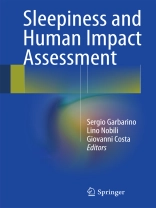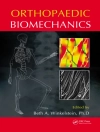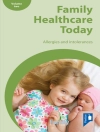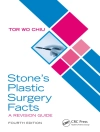The World Health Organization supports tools and initiatives in Health Impact Assessment to dynamically improve health and well-being across different sectors. Human Impact Assessment (Hu IA) is a relatively new concept. It describes an integrated process that encompasses both Health Impact Assessment and Social Impact Assessment and is used to anticipate the effects of programs, projects and decisions on human health and welfare. Sleep occupies approximately one-third of our lives, but its human impact remains largely unrecognized. The prevalence of excessive sleepiness is recognized to be increasing in industrialized societies. Without doubt, sleepiness and fatigue have high costs in terms of both lives lost and socioeconomic impact. For example, the National Highway Traffic Safety Administration estimates that up to 4% of all fatal crashes are caused by drowsy drivers and that as many as 100, 000 deaths per year in the United States may be due to fatigue-related medical errors.
Sleepiness and Human Impact Assessment provides a uniquely comprehensive exploration of many different facets of sleepiness in our 24-hour society from the new Hu IA point of view. Among the covered issues are the physiology and pathophysiology of sleep, its relationship to daytime alertness, fatigue and drugs, the relevance of sleep-related fatigue in various occupational settings and public safety. This book will be of assistance to physicians, occupational health professionals, ergonomists, researchers and decision-makers as they strive to understand the full significance of sleepiness and to create a culture of accountability in everyday life without sleep-related risks.
表中的内容
Health Impact Assessment HIA.- Part I Regulation of Sleep and Circadian rhythms: Circadian and Light Effects on Human Sleepiness-alertness.- Neurophysiology of Sleep and Wakefulness.- Circadian and Homeostatic Regulation of Sleepiness, Cognition and Their Neuronal Underpinnings.- Part II Sleep, arousal and performance: Using mathematical models to predict sleepiness.- Part III Sleepiness and Hu IA.- Health-related Quality of Life and Sleep Disorders among Special.- Errors and accidents.- Part IV Sleepiness and 24 h society: Life style and habits.- Stress and sleepiness in the 24-h Society.- Effects of CNS-drugs and alcohol on driving ability.- Endocrine brain: gender differences.- Shift and night work.- Industrial activities.- Transport and communications.- Police and Military.- Health care work.- Part V Sleepiness and pathology: Insomnia: Pathophysiology, clinical phenotypes and treatment options.- Parasomnias.- Brain and Breathing.- Sleep Apnea and Sleepiness.- Restless legs syndrome/Willis-Ekbom disease.- Jet lag syndrome and Circadian disorders of the sleep-wake.- Neurologic disorders.- Cardiovascular disorders.- Psychiatric Disorders.- Pain, Cancer, Fibromyalgia, Gastrointestinal Disorders.- Part VI Sleep hygiene, Driving Licence and Economic Impact: Sleep Hygiene.- Driving License.- Economic impact: social welfare.- Sleepiness Assessment.












